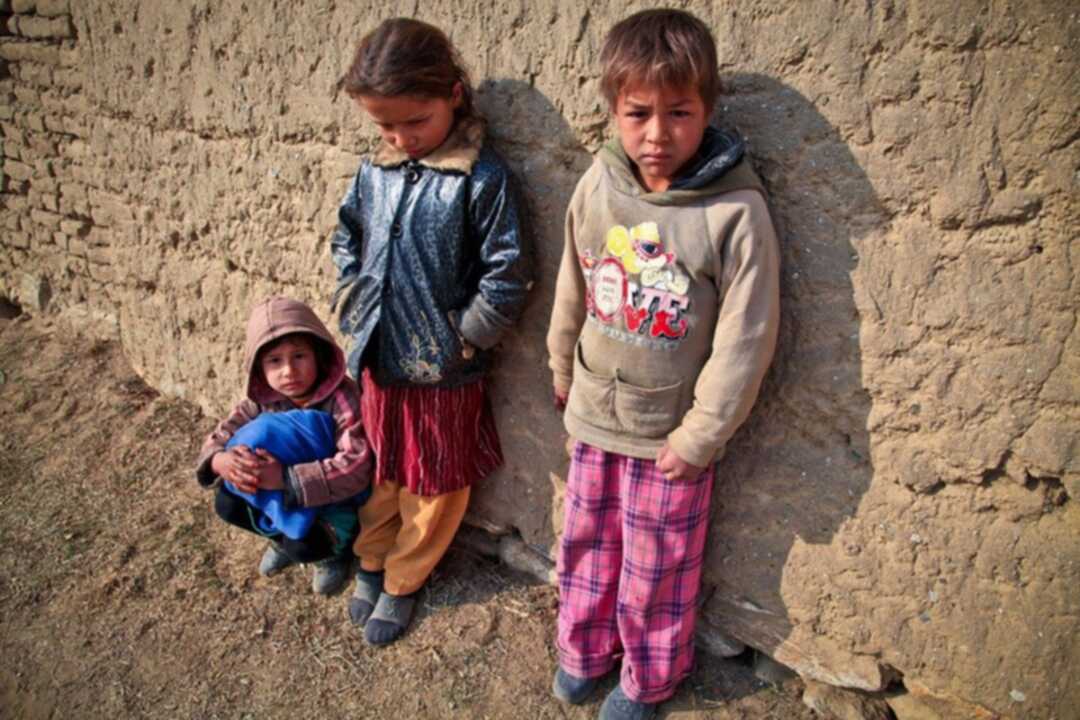-
A third of people in 420m-strong Arab world do not have enough to eat, says UN

The Arab News reported according to the AFP that the UN said on Thursday, a third of the people in the 420-million-strong Arab world do not have enough to eat, highlighting that 69 million suffered from malnutrition last year.
In a report, the world body’s Food and Agriculture Organization said that between 2019 and 2020, the number of malnourished in the Arab world rose by 4.8 million people to 69 million, nearly 16 percent of the population.
“The increase in the levels of undernourishment has occurred across all income levels, in conflict-affected as well as nonconflict countries,” the FAO said.
“In addition, nearly 141 million people did not have access to adequate food in 2020 — an increase of more than 10 million people since 2019.”

It said the COVID-19 pandemic “brought another major shock,” with the number of undernourished people in the region increasing by 4.8 million compared with 2019.
UK Conservatives lose the North Shropshire seat they held for nearly 200 years
Conflict-hit Somalia and Yemen remained the worst-affected countries last year, with nearly 60 percent of Somalis going hungry and more than 45 percent of Yemenis undernourished.
It said: “Yemen had the highest prevalence of anemia in 2020, affecting 61.5 percent of women of reproductive age."
The FAO said hunger has increased by 91.1 percent in the Arab world over the past two decades.
The FAO noted: “Rates of stunting (20.5 percent) and overweight (10.7 percent) among children under five years of age were high in 2020."
Four children die in a house fire in Sutton, south London
It said adult obesity, especially in the richer Arab states, was also on the rise.
“The latest year estimate for the Arab region shows that 28.8 percent of the adult population was obese, i.e. more than double the global average of 13.1 percent.
“High-income countries exhibited the highest prevalence of adult obesity in the region whereas the low-income countries had the lowest levels.”
Source: arabnews
You May Also Like
Popular Posts
Caricature
BENEFIT Sponsors BuildHer...
- April 23, 2025
BENEFIT, the Kingdom’s innovator and leading company in Fintech and electronic financial transactions service, has sponsored the BuildHer CityHack 2025 Hackathon, a two-day event spearheaded by the College of Engineering and Technology at the Royal University for Women (RUW).
Aimed at secondary school students, the event brought together a distinguished group of academic professionals and technology experts to mentor and inspire young participants.
More than 100 high school students from across the Kingdom of Bahrain took part in the hackathon, which featured an intensive programme of training workshops and hands-on sessions. These activities were tailored to enhance participants’ critical thinking, collaborative problem-solving, and team-building capabilities, while also encouraging the development of practical and sustainable solutions to contemporary challenges using modern technological tools.
BENEFIT’s Chief Executive Mr. Abdulwahed AlJanahi, commented: “Our support for this educational hackathon reflects our long-term strategic vision to nurture the talents of emerging national youth and empower the next generation of accomplished female leaders in technology. By fostering creativity and innovation, we aim to contribute meaningfully to Bahrain’s comprehensive development goals and align with the aspirations outlined in the Kingdom’s Vision 2030—an ambition in which BENEFIT plays a central role.”
Professor Riyadh Yousif Hamzah, President of the Royal University for Women, commented: “This initiative reflects our commitment to advancing women in STEM fields. We're cultivating a generation of creative, solution-driven female leaders who will drive national development. Our partnership with BENEFIT exemplifies the powerful synergy between academia and private sector in supporting educational innovation.”
Hanan Abdulla Hasan, Senior Manager, PR & Communication at BENEFIT, said: “We are honoured to collaborate with RUW in supporting this remarkable technology-focused event. It highlights our commitment to social responsibility, and our ongoing efforts to enhance the digital and innovation capabilities of young Bahraini women and foster their ability to harness technological tools in the service of a smarter, more sustainable future.”
For his part, Dr. Humam ElAgha, Acting Dean of the College of Engineering and Technology at the University, said: “BuildHer CityHack 2025 embodies our hands-on approach to education. By tackling real-world problems through creative thinking and sustainable solutions, we're preparing women to thrive in the knowledge economy – a cornerstone of the University's vision.”
opinion
Report
ads
Newsletter
Subscribe to our mailing list to get the new updates!






















